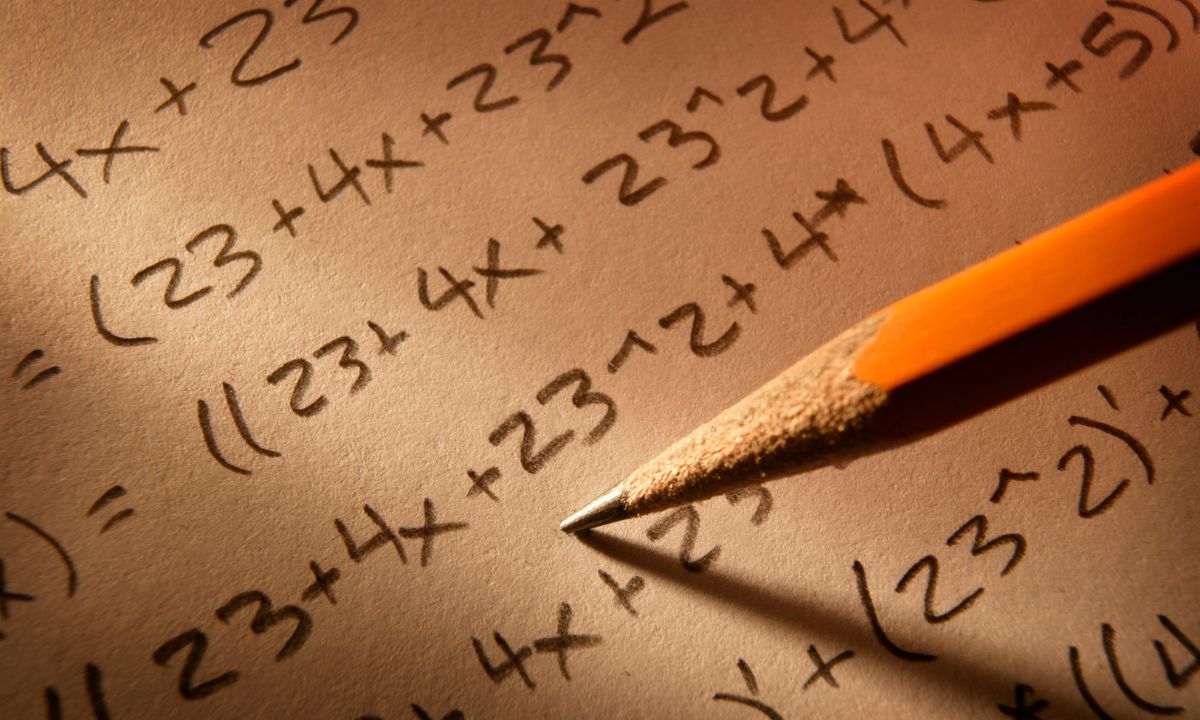Learning Loss Is Worse than NAEP Showed. Middle School Math Must Be the Priority
Wakelyn: Tracking the same students from grade to grade makes clear the decline in middle school math is four times greater than the drop in English

Get stories like this delivered straight to your inbox. Sign up for The 74 Newsletter
Would you compare the 2018 Los Angeles Lakers to the 2022 Lakers? Last year’s team won 40% of its games, a decline of 2.4% from 2018. Both teams wore purple and gold uniforms and played basketball — but that is all they have in common. None of the 24 players on the 2018 team and the 25 on the 2022 team were the same.
NAEP data released last month showed estimated learning losses for the average student in grades 3-8 of the equivalent of a half year of learning in math and a quarter of a year in reading.
But as with the Lakers, these are not the same students. NAEP offers snapshots of different students in the same grade at different points in time.
State data allows schools to follow the same groups of students over time. But state and district leaders don’t do this. Instead, they display data in a way that understates how severely students have been struggling with middle school math, before and during the pandemic. When tracking the same students from grade to grade, it becomes clear that the decline in middle school math is four times greater than the drop in English Language Arts.
For example, consider Washington, where the Office of the Superintendent of Public Instruction released this bar chart of achievement grade by grade, with the headline “State Test Scores a Promising Signal of Pandemic Recovery“:
Focus on eighth-grade math for a minute. In the accompanying press release, State superintendent Chris Reydkal called the data encouraging, and yes, there’s upward movement from 2021 to 2022. But those aren’t the same students. The eighth graders in 2022 were third graders in 2017, and as a group they are slated to graduate from high school in the Class of 2026. Following middle school students over time as they move through school, here are the trends:
Washington is not alone. This pattern holds across 20 states and Washington, D.C., where sufficient data is publicly available, representing half of the nation’s students. The average decline in middle school achievement is 16% in math and 4% in English among the same groups of students:
To be clear, this slide was happening before the pandemic. But because districts and states were not following the same students over time, they missed seeing the severity of the problem, and the pandemic exacerbated it. Now, as many as 1 million students who met college and career-ready math standards in third grade are now off track.
Isn’t early reading in worse shape? Research by Amplify finds that 50% of K-3 students are on track to read at grade level, compared with 58% before the pandemic. NWEA finds that early elementary students have made up ground in reading in the past year. Table 1 in NWEA’s July 2022 report shows — but doesn’t call out — that middle school math students are the one group faring worse from 2021 to 2022.
Middle school mathematics is uniquely difficult. It’s where students need to master fractions and decimals, which predicts their math achievement for the rest of high school. If students don’t learn fractions well, the ramp that leads from arithmetic up to algebra becomes a wall. Poor knowledge of fractions may lead students to give up trying to make sense of math altogether.
What next? Smart ideas are floating in the field, but implementing them is the greatest challenge. Here are four actions for district and state leaders to consider.
First, start following the same students over time to assess the extent of their recovery. (While the size of classes can rise and fall within schools, the population remains stable across most states.)
Second, schools need to evolve toward mastery learning, in which students are given the time they need to meet standards, including in math. It’s a term with a lot of hype, and past implementation efforts have underdelivered on results. Nonetheless, all the learning opportunities lost during the last two years means time needs to be variable and learning expectations need to be fixed. Michael Horn’s new book Reopen to Reinvent and the Aurora Institute offer advice on how schools might thoughtfully implement mastery learning practices.
Third, middle school math students need more time and where possible, double-dose courses. Over a year, a double dose of math has been shown to produce gains equivalent to a quarter of a year of extra learning.
Finally, even the best guides on making up unfinished learning lack advice on how to help math students who are three or more years behind. The U.S. Department of Education is hosting five sessions between October 2022 and February 2023 to help teachers, education leaders and policymakers learn about strategies and programs to support students’ academic recovery. Unfortunately, the agendas for these sessions do not mention the unique challenges of middle school math. The best minds in middle school mathematics need to assemble in a national summit, where they can carefully think through this problem and offer advice to states, districts and schools.
When everything seems like a crisis, it can be hard to set priorities. The data here shows that at least 1 million students are on the verge of being functionally unable to use math in the real world. As state and district leaders work to repair the academic damage of the last two years, middle school math needs to be a top concern.
Get stories like these delivered straight to your inbox. Sign up for The 74 Newsletter

;)
